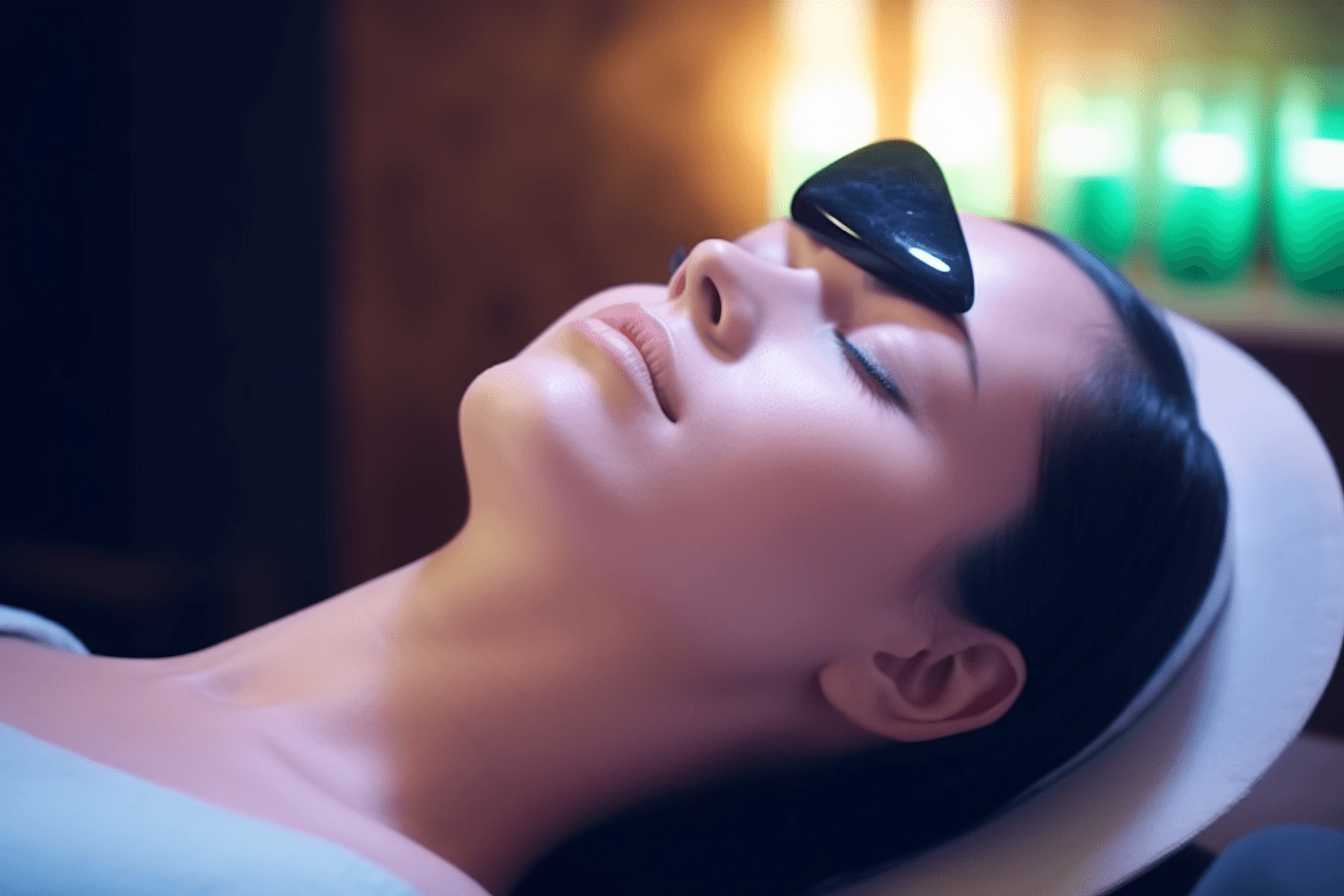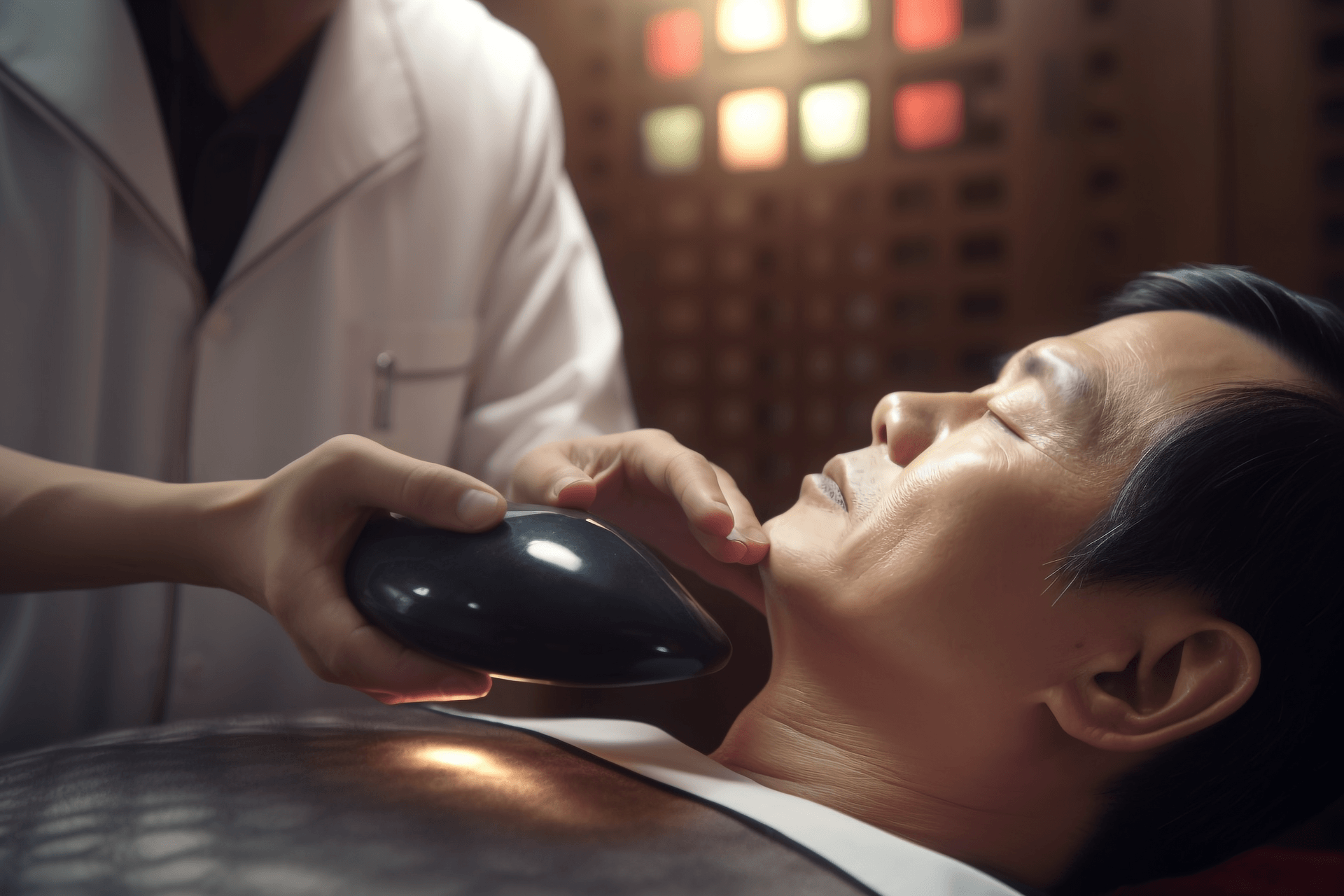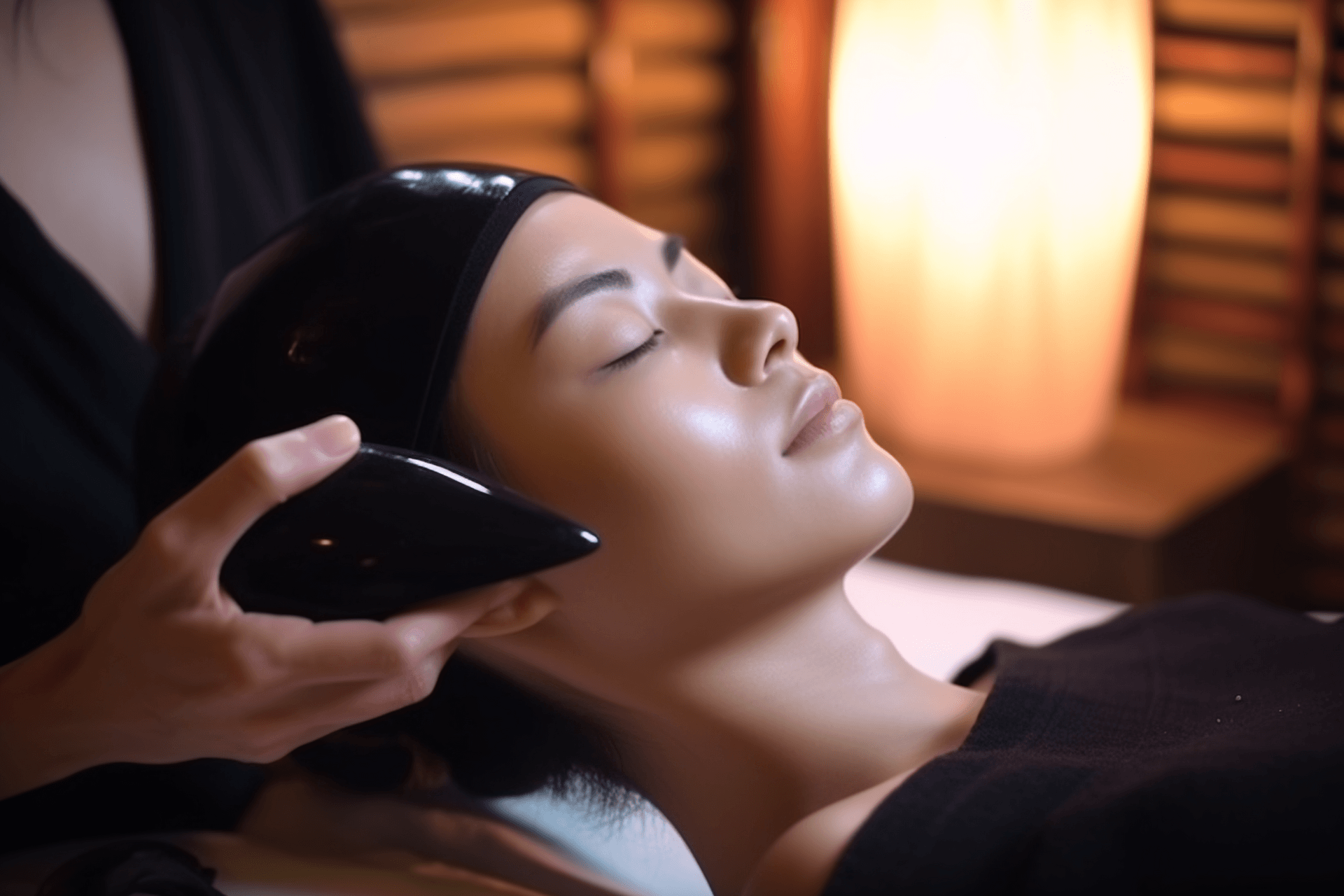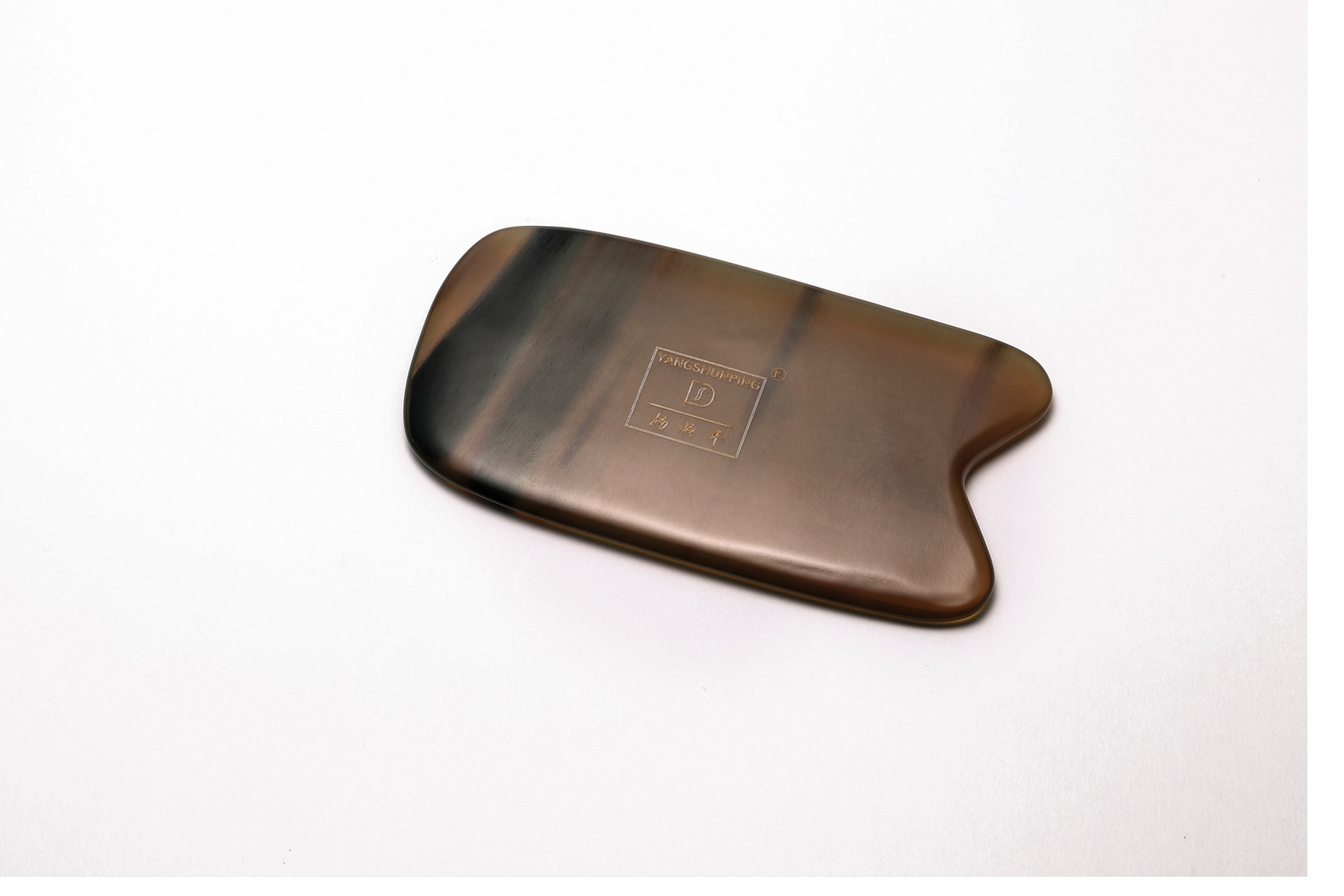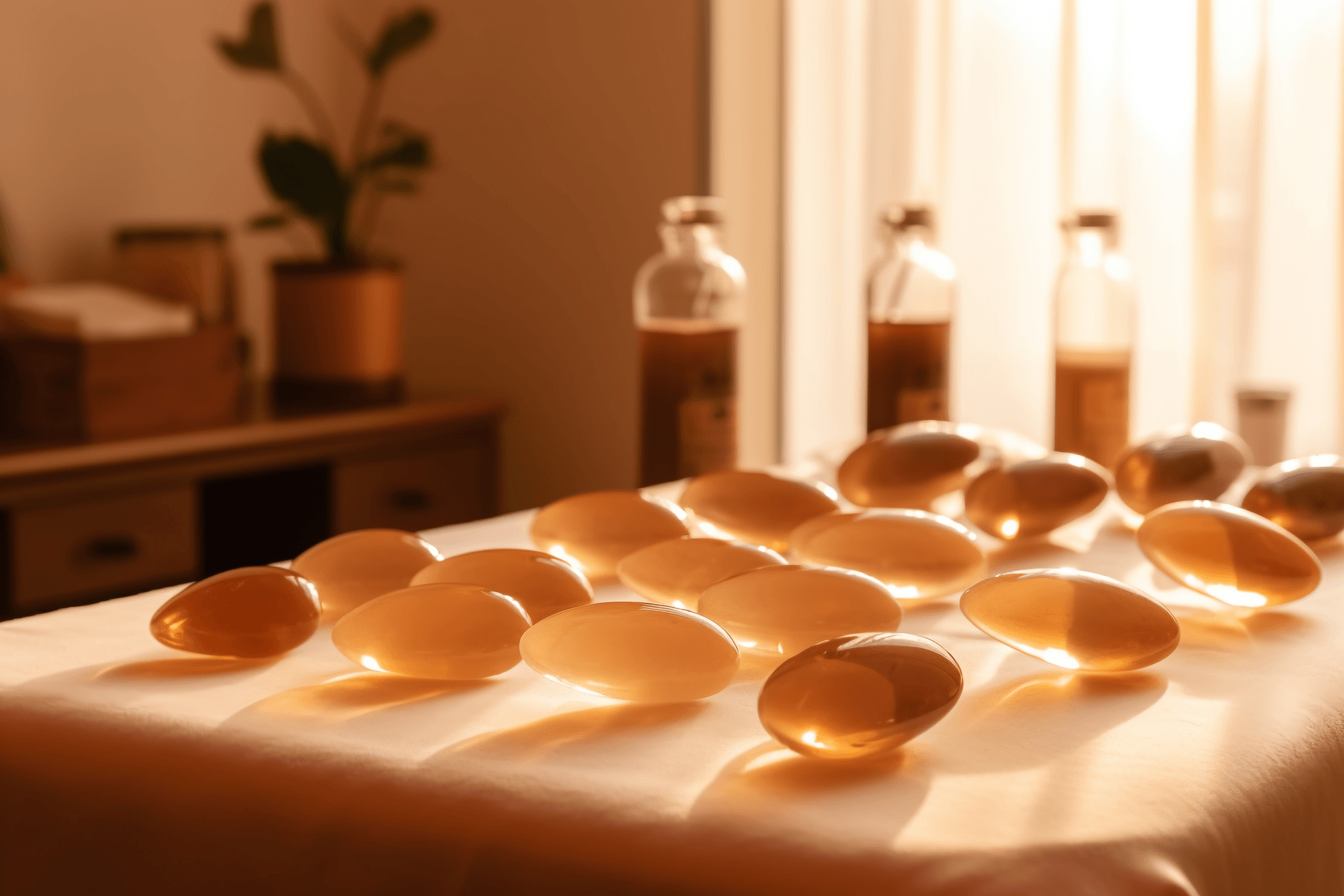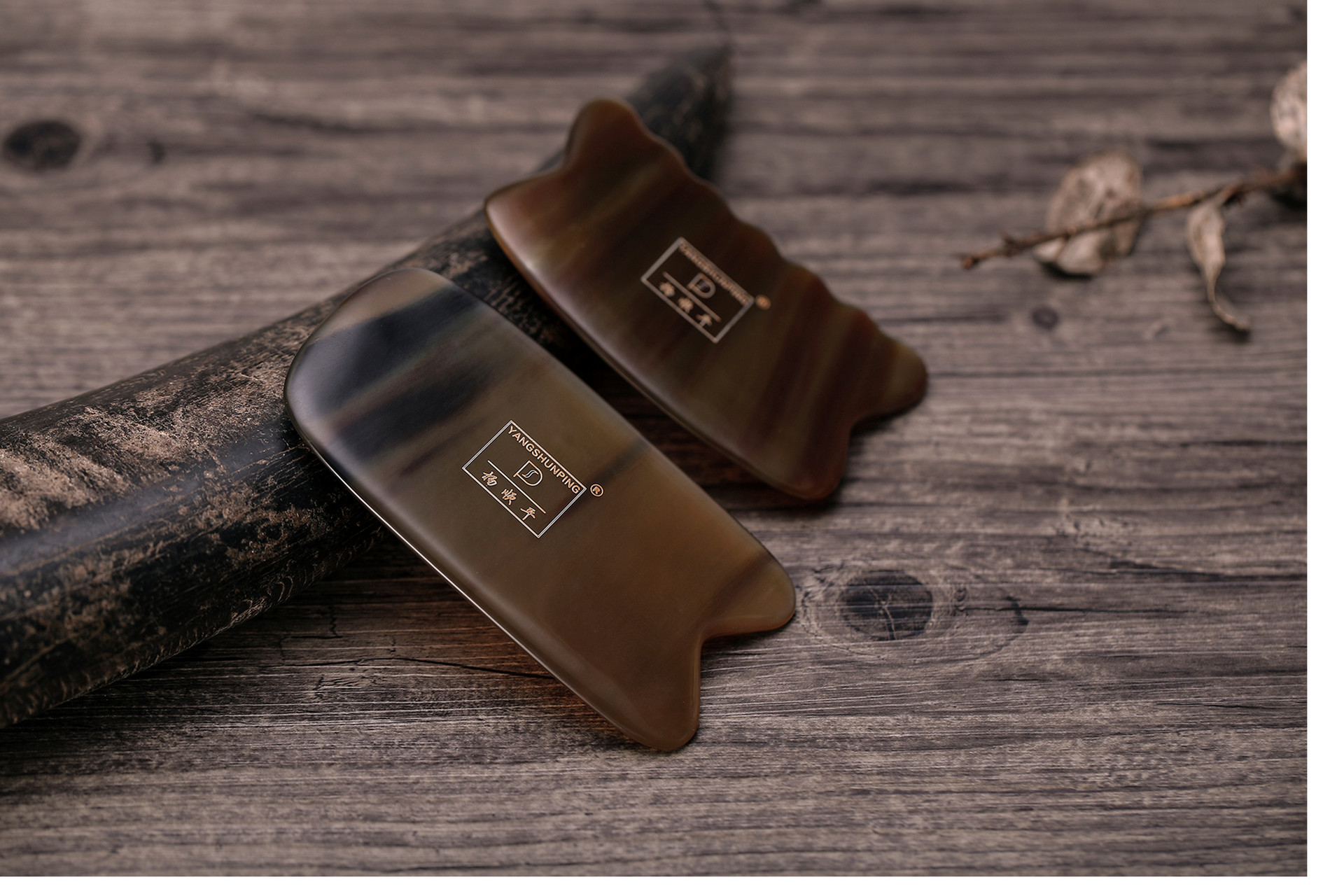
Guasha is not unfamiliar to everyone. Modern people have applied guasha in many fields such as disease prevention, treatment, and beauty. It uses guasha tools (guasha board or buffalo horn guasha board) to scrape and stroke the selected skin according to certain techniques, causing local skin to appear purplish-red bruises, achieving the effects of dredging meridians, promoting blood circulation, and eliminating stasis, thus preventing diseases, treating illnesses, and maintaining health.
Steps of Guasha
Guasha can promote blood circulation, dredge meridians, regulate qi and blood, adjust yin and yang, eliminate toxins, and enhance physical fitness. Since there are so many benefits to the human body, I will introduce the operation methods of guasha here to facilitate patients to perform it at home.
Types of Guasha Boards There are various types of guasha boards available online, including jade guasha boards, buffalo horn guasha boards, guasha combs, etc. All of these are suitable and can be purchased online.
Guasha Medium You can choose water, plant oil, guasha oil, or essential oil, vaseline, etc. There are no special rules for this, as they all have the effects of moisturizing the skin, clearing heat and toxins, promoting blood circulation, and eliminating stasis. As long as you are not allergic, you can use them.
Guasha Location Determine if it is the cervical spine, back, or waist. Dip the guasha board in an appropriate amount of guasha oil and evenly apply it to the guasha area. The direction is: first the head and face, then the hands and feet; first the waist and back, then the chest and waist; first the upper limbs, then the lower limbs; first the inner side, then the outer side; from the inside to the outside, from top to bottom. Generally, scrape each area 20~30 times, and local guasha usually takes 5~10 minutes.
Strength of Guasha Always maintain pressure during guasha to exert force on the deep tissues. The strength should be determined according to the patient's condition and tolerance. For some people who are not easy to get sha (bruises) or have less sha, do not forcefully produce sha. For guasha on key acupoints, the focus should be on the acupoints. The total length should be about 10~15 cm, such as the guasha on the cervical spine, which should focus on the Fengchi acupoint and the Dazhui acupoint (the Fengchi acupoint is located on both sides of the posterior hairline, one inch into the hairline; the Dazhui acupoint is located on the midline of the back, at the depression below the spinous process of the 7th cervical vertebra); for guasha on the shoulders, the Jianjing acupoint should be the focus (the Jianjing acupoint is located on the shoulder, at the midpoint of the line connecting the Dazhui acupoint and the shoulder peak). For meridians with longer paths, guasha can be done in sections, such as the governor vessel and bladder meridian.
During the guasha process, ask if there is any discomfort, and adjust the technique and strength according to the color of the local skin in a timely manner. After guasha, drink a cup of warm water and rest for 20~30 minutes, and pay attention to keeping warm.
Common Techniques of Guasha
There are many commonly used techniques for guasha. Here, I will briefly introduce two simple and easy methods:
Supplement Method (Light Scrape): Apply gentle pressure, move slowly, and keep the angle between the guasha board and the skin at 45 degrees. The person being guasha should not feel any pain or discomfort, and only a slight redness should appear on the skin after guasha. This method is suitable for children, women, the elderly, those with weak constitution, as well as for health guasha on sensitive areas, and for those with deficiency syndromes.
Purge Method (Heavy Scrape): Apply strong pressure, move quickly, and adjust the strength according to the patient's tolerance. This method is suitable for young and strong people, those with strong constitution, or for guasha on the sides of the spine, lower limbs, and soft tissues around joints, as well as for those with excess syndromes, heat syndromes, and pain syndromes.
Precautions for Guasha
Choose a sheltered place for the operation, especially avoid drafts at home to prevent exposure to cold wind and worsen the condition or cause a cold.
Wash hands before guasha. The edges of guasha tools should be smooth to avoid scratching the skin.
Check the skin of the person being guasha. Guasha should not be performed on areas with redness, swelling, heat, pain, or dermatitis. Guasha is contraindicated for women during menstruation, pregnancy, and those with bleeding disorders.
Always maintain a consistent direction and even pressure during the operation. Do not vary the strength of the technique.
Observe the condition during the operation. If the person's complexion becomes pale, stop guasha immediately.
After guasha, it is advisable to eat light food and avoid consuming raw, cold, and greasy food. The second guasha should be performed 3~5 days after the first guasha.
In healthy individuals, it is advisable to use a balanced supplement and purge method for guasha. It is not advisable to take a cold shower or expose oneself to the wind within 3~4 hours after guasha.


